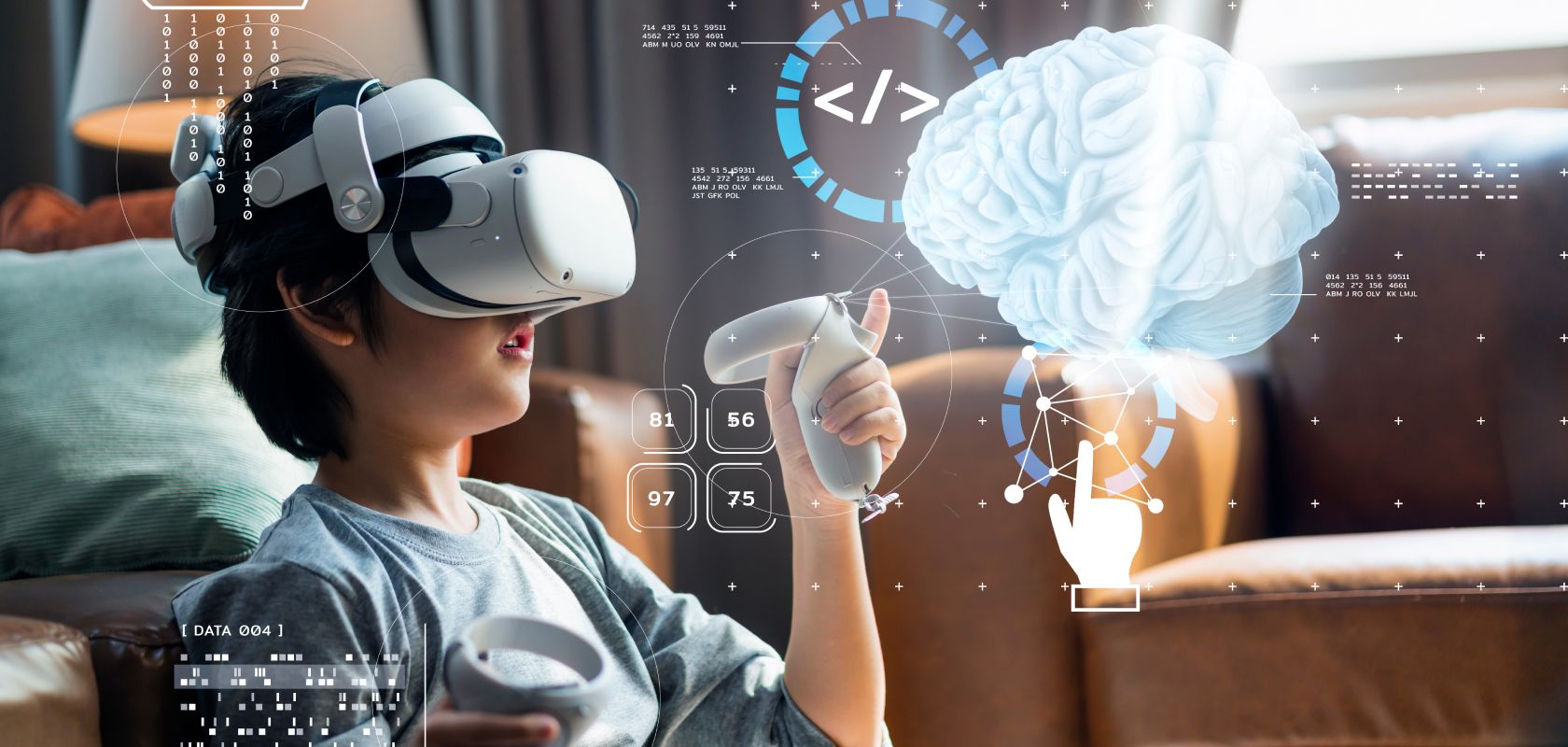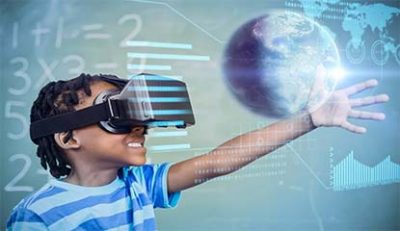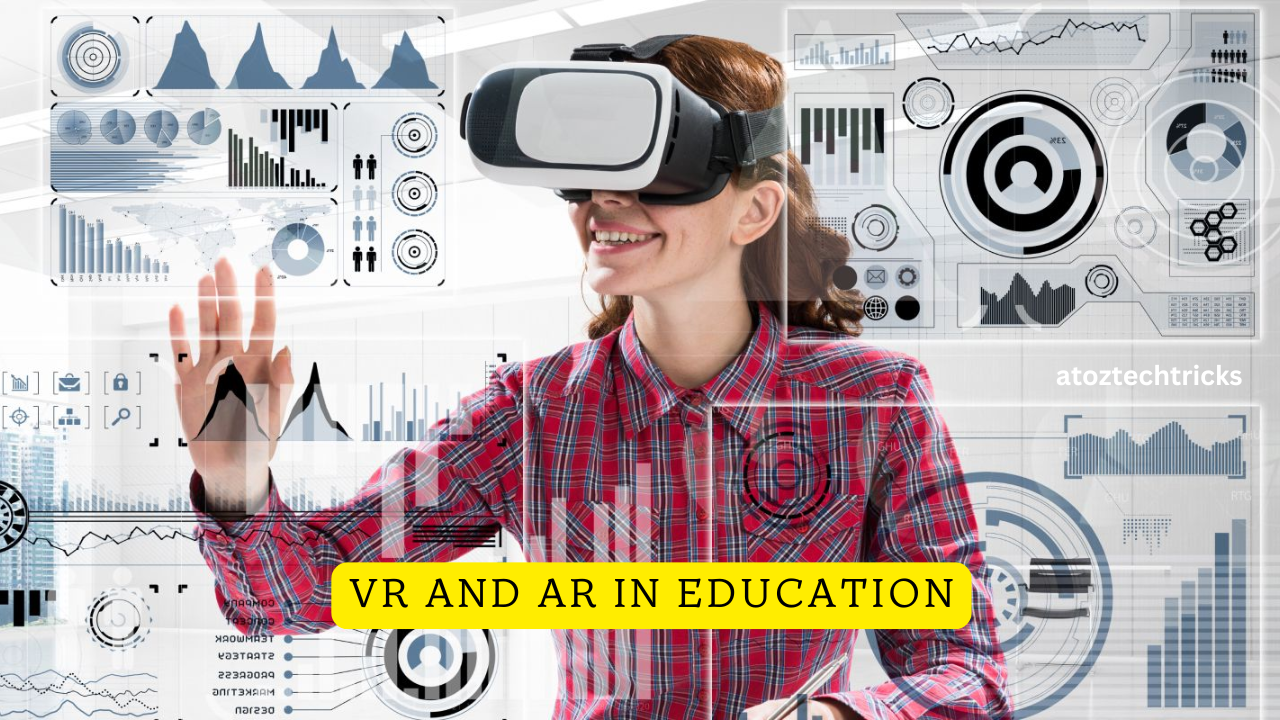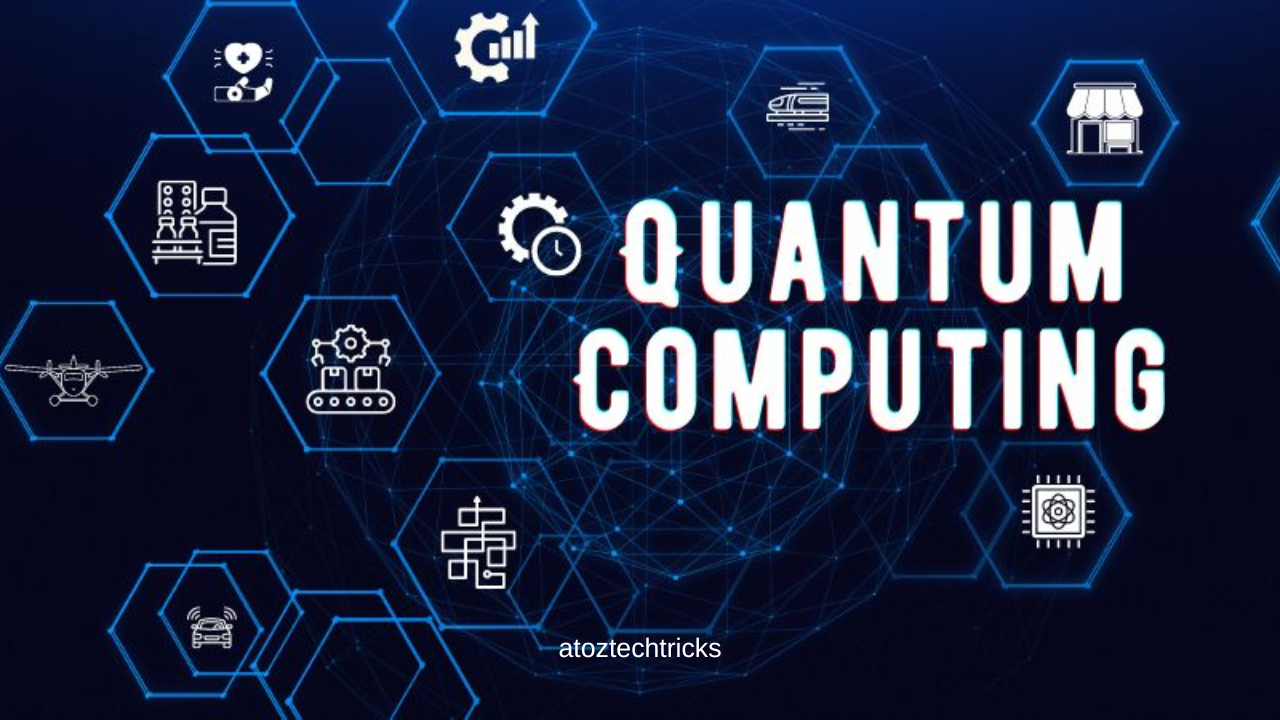Revolution of VR and AR in Education: Transforming Learning Experiences
Virtual Reality (VR) and Augmented Reality (AR) are not just buzzwords in the tech industry; they represent a transformative shift in how we experience and interact with the world. In the realm of education, VR and AR offer unprecedented opportunities to enhance learning, engagement, and comprehension. These technologies are revolutionizing traditional teaching methods, creating immersive and interactive experiences that cater to diverse learning styles and needs. This article explores the impact of VR and AR on education, their benefits, challenges, and future potential.
Understanding VR and AR
What is Virtual Reality (VR)?
Virtual Reality (VR) is a computer-generated simulation that immerses users in a completely virtual environment. By using VR headsets, users can explore and interact with 3D spaces that replicate real-world or fantastical scenarios. VR creates a sense of presence, making users feel as though they are physically within the simulated environment. This immersion can be used for various educational purposes, from historical reconstructions to scientific simulations.
What is Augmented Reality (AR)?
Augmented Reality (AR), on the other hand, overlays digital information into the real world. Unlike VR, which creates a fully virtual environment, AR enhances the real world by adding interactive elements, such as images, sounds, or data. AR can be accessed through smartphones, tablets, or AR glasses, allowing users to interact with digital content while remaining aware of their physical surroundings. In education, AR can bring static content to life, offering interactive and engaging learning experiences.

Benefits of VR and AR in Education
Enhanced Engagement and Motivation
One of the most significant advantages of VR and AR in education is their ability to captivate students’ attention and boost motivation. Traditional teaching methods often rely on passive learning, such as lectures and textbooks, which can lead to disengagement. In contrast, VR and AR provide interactive and immersive experiences that actively involve students in the learning process.
For example, VR can transport students to ancient civilizations, allowing them to explore historical sites and witness historical events firsthand. AR can turn a textbook into a dynamic learning tool, where students can see 3D models of complex concepts, such as the solar system or human anatomy, right on the page. These immersive experiences not only make learning more enjoyable but also help students retain information more effectively.
Improved Understanding and Retention
VR and AR can significantly enhance comprehension and retention of complex subjects. Traditional learning methods often struggle to convey abstract or intricate concepts in an easily understandable way. VR and AR address this challenge by providing visual and interactive representations that make abstract ideas more tangible.
For instance, in a science class, VR simulations can allow students to conduct virtual experiments that might be too dangerous or costly in a physical lab. AR can overlay detailed diagrams and explanations onto real-world objects, helping students visualize and understand complex processes. By experiencing these concepts in a hands-on and interactive manner, students are more likely to grasp and remember them.
Personalized Learning Experiences
Every student has unique learning needs and preferences. VR and AR can cater to these diverse needs by offering personalized learning experiences. With VR, students can progress at their own pace, revisiting content as needed without feeling pressured by a classroom setting. AR can provide additional information or support tailored to individual learning styles, enhancing the overall educational experience.
For example, a student struggling with a particular math concept can use AR applications to access supplementary explanations or practice problems. Similarly, VR can offer adaptive learning environments that adjust difficulty levels based on the student’s performance, ensuring that each learner receives the appropriate level of challenge and support.
The Use of VR/AR in Entertainment: Transforming the Industry
Safe and Controlled Learning Environments
VR and AR create safe and controlled environments for students to explore and learn. In VR simulations, students can practice skills and make mistakes without real-world consequences. This is particularly valuable in fields such as medicine, engineering, and emergency response, where hands-on experience is crucial but high-risk.
For example, medical students can use VR to practice surgical procedures, gaining experience and confidence before performing real surgeries. Engineering students can explore virtual models of complex machinery, understanding their functions and interactions without physical limitations. AR can provide real-time guidance and feedback during practical exercises, ensuring that students learn and practice skills correctly.
Applications of VR and AR in Education
Historical and Cultural Exploration
VR and AR offer remarkable opportunities for exploring historical and cultural contexts. Students can virtually visit ancient civilizations, museums, and historical landmarks, experiencing history in a way that textbooks alone cannot provide. This immersive approach helps students develop a deeper understanding of historical events, cultures, and societies.
For instance, a VR simulation of ancient Rome allows students to walk through the city, interact with historical figures, and witness key events. AR applications can overlay historical information onto modern-day landmarks, providing contextual insights as students explore their surroundings. These experiences foster a more engaging and memorable learning process.
Science and Technology Education
Science and technology education benefits immensely from VR and AR. These technologies enable students to conduct virtual experiments, visualize scientific phenomena, and explore technological innovations. VR simulations can recreate complex scientific processes, such as chemical reactions or space exploration, making abstract concepts more accessible.
AR can enhance science education by overlaying interactive diagrams and data onto physical objects, such as plants, animals, or laboratory equipment. Students can examine 3D models of molecular structures, observe real-time data, and gain a deeper understanding of scientific principles. This hands-on approach encourages experimentation and critical thinking.

Language Learning
VR and AR also hold promise for language learning. VR can immerse students in virtual environments where they interact with native speakers, practice language skills in real-life scenarios, and experience cultural contexts. This immersive approach helps students develop language proficiency and cultural understanding more authentically and engagingly.
AR applications can support language learning by providing real-time translations, pronunciation guides, and interactive vocabulary exercises. Students can scan objects or texts in their environment to receive contextual information and practice language skills in context. This personalized approach enhances language acquisition and retention.
Arts and Humanities
The arts and humanities benefit from VR and AR by offering innovative ways to explore and create. VR can transport students into virtual art galleries, theatres, and historical sites, allowing them to experience and appreciate cultural works from different perspectives. AR can bring art and literature to life by overlaying interactive elements onto physical artworks or texts.
For example, a VR experience might allow students to explore a virtual art museum, interact with the artists’ creative processes, and understand the historical context of each piece. AR can enhance literature studies by providing interactive annotations and visualizations of literary works, helping students engage with texts on a deeper level.
Challenges and Considerations
Cost and Accessibility
While VR and AR offer significant benefits, their implementation in education can be costly. High-quality VR headsets, AR devices, and software require substantial investment, which may be a barrier for schools and institutions with limited budgets. Additionally, the need for technical infrastructure, such as powerful computers and internet connectivity, can further increase costs.
To address these challenges, schools and educational institutions may need to seek funding opportunities, collaborate with technology providers, or explore cost-effective solutions. Open-source VR and AR platforms, as well as educational discounts, can help make these technologies more accessible to a broader audience.
Technical and Logistical Issues
The successful integration of VR and AR in education requires addressing technical and logistical issues. VR systems need to be properly calibrated and maintained, and AR applications must be compatible with various devices. Additionally, educators need training to effectively incorporate these technologies into their teaching practices.
Schools should invest in technical support and professional development for educators to ensure smooth implementation and use of VR and AR. Clear guidelines and best practices can help mitigate technical challenges and maximize the benefits of these technologies.
Potential for Distraction
While VR and AR can enhance learning, they also have the potential to distract students if not used effectively. The immersive nature of VR and the interactive elements of AR can sometimes lead to over-stimulation or loss of focus. Educators need to design and implement VR and AR experiences that align with learning objectives and maintain a balance between engagement and educational content.
Equity and Inclusivity
Equity and inclusivity are critical considerations when implementing VR and AR in education. Ensuring that all students have access to these technologies, regardless of socioeconomic status or geographic location, is essential for creating an equitable learning environment. Efforts should be made to address disparities and provide support for underserved communities.
The Future of VR and AR in Education
Innovations and Advancements
The future of VR and AR in education is promising, with ongoing innovations and advancements driving new possibilities. As technology continues to evolve, we can expect more sophisticated and user-friendly VR and AR experiences that further enhance learning outcomes. Innovations such as haptic feedback, advanced AI integration, and improved sensory immersion will likely play a significant role in shaping the future of educational technologies.
Integration with Other Technologies
VR and AR are likely to be integrated with other emerging technologies, such as artificial intelligence (AI), the Internet of Things (IoT), and 5G connectivity. This convergence of technologies will create more dynamic and interactive learning environments, enabling personalized and adaptive educational experiences. For example, AI-driven VR simulations could provide real-time feedback and guidance based on students’ performance, while IoT-enabled AR applications could offer context-sensitive information and resources.
Expanding Applications and Use Cases
As VR and AR technologies become more prevalent, their applications in education will continue to expand. New use cases may emerge in areas such as vocational training, remote learning, and collaborative projects. For instance, VR could facilitate virtual field trips and global collaborations, while AR could support hands-on learning in diverse subjects.

VR and AR are revolutionizing education by offering immersive, interactive, and personalized learning experiences. These technologies enhance engagement, comprehension, and retention, making complex subjects more accessible and enjoyable. While challenges such as cost, technical issues, and equity must be addressed, the potential benefits of VR and AR in education are vast and transformative.
As technology continues to advance, VR and AR will likely play an increasingly prominent role in shaping the future of education. By leveraging these technologies, educators can create dynamic learning environments that cater to diverse needs and prepare students for success in a rapidly evolving world. The revolution of VR and AR in education is just beginning, and its impact will undoubtedly be profound and far-reaching.




Post Comment